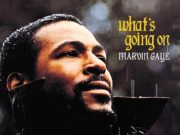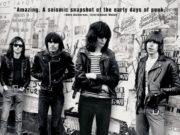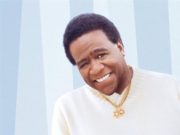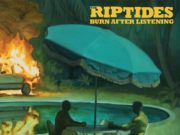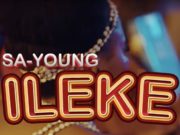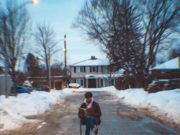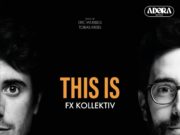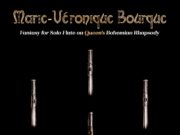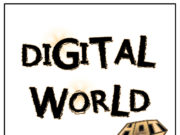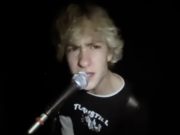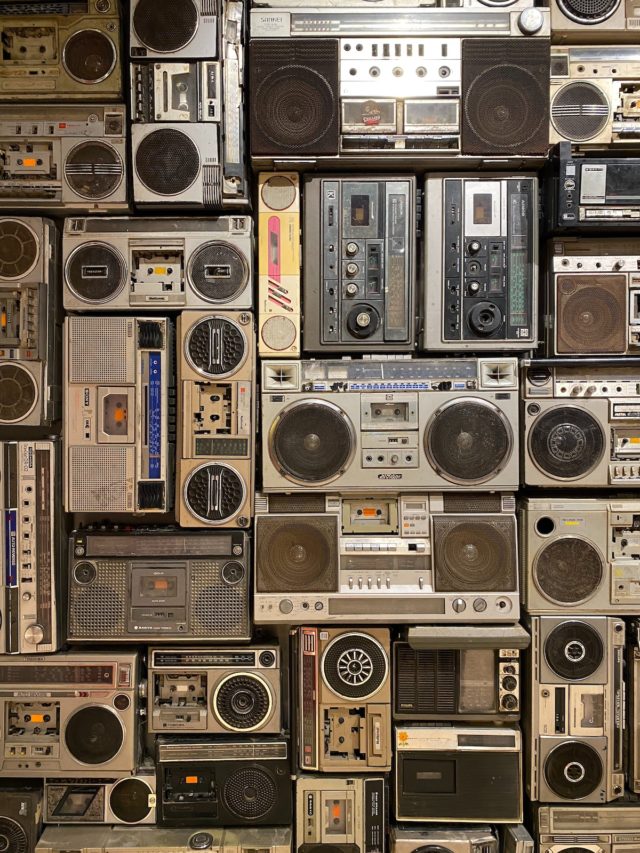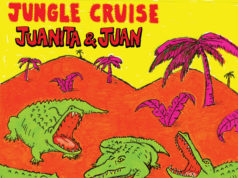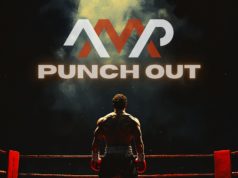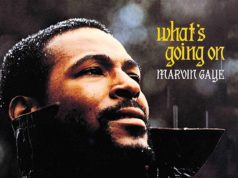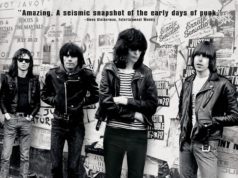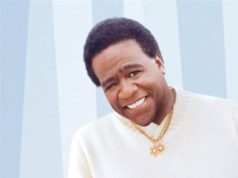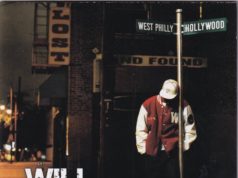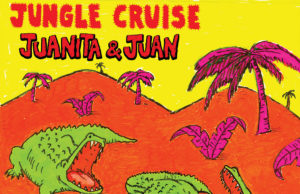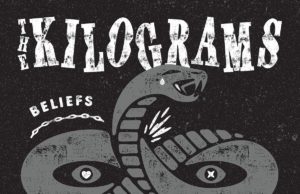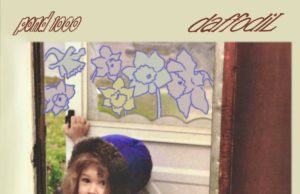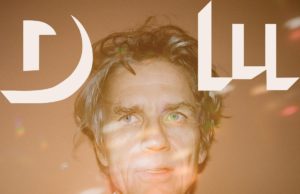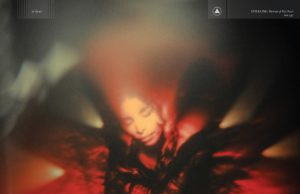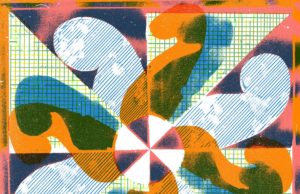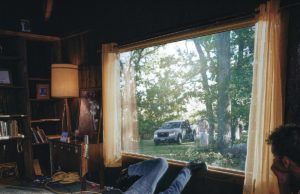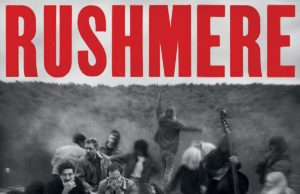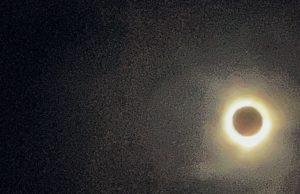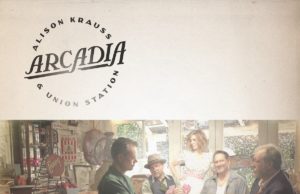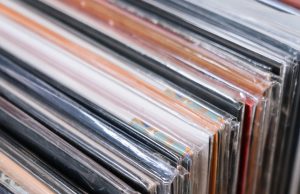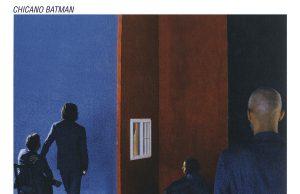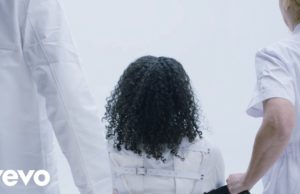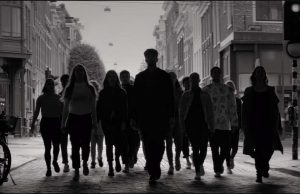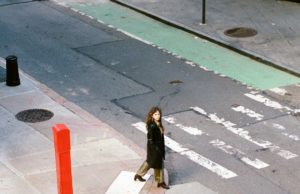 I couldn’t do my own music without the incredible advances in home recording technology in the past decade. Not only can I not afford to work in a traditional studio setting, but I can’t imagine revealing the limits of my abilities to a third party or exposing just how awful most of my music sounds in its early stages.
I couldn’t do my own music without the incredible advances in home recording technology in the past decade. Not only can I not afford to work in a traditional studio setting, but I can’t imagine revealing the limits of my abilities to a third party or exposing just how awful most of my music sounds in its early stages.
Home recording technologies — Logic, GarageBand, ProTools, Reaper, Cubase, etc. — provide user-friendly mechanisms for songwriters to get their songs into better-than-demo shape all by themselves. In my case, I record full songs in free GarageBand software, then send them to my musical partner Jordon Zadorozny, who adds overdubs and mixes them using ProTools.
Lots of people work this way, which is why you seldom hear the kind of lo-fi recordings which seemed to be everywhere during the ’90s. There’s just no reason for musicians and bands to record using analog four-track or eight-track units anymore — let alone a boombox. I used to adore, and still do, those intimate and vulnerable self-recorded songs which sounded, like they were direct-to-cassette or reel-to-reel.
When I first started making music at home, as an adult, I used a digital eight-track. So even in my music’s infancy, there was no tape hiss. I’m not including the silly stuff we did in high school, sitting in front of a boombox. It actually takes a lot of confidence to release music in such an unfiltered state. For years, it was my favourite genre of music — at least for my own personal listening. It might still be, if it existed. But — as I’ve suggested — modern technology, combined with changing tastes, has all but wiped out lo-fi recordings from the indie rock/indie folk scene.
So I’ve decided to revisit some of my favourites. Many of them are quite evocative for me, personally. I think the first lo-fi song I ever heard was Poledo from Dinosaur Jr.’s 1987 masterpiece You’re Living All Over Me. But, really, it’s not a Dinosaur Jr. song at all — it’s just bass player Lou Barlow on ukulele, vocals and sound collages. The track is just like the music Barlow was making at home under the name Sebadoh — a project he would pursue full-time when he split with J Mascis and left Dinosaur Jr. a year later.
Poledo, like many of the lo-fi tracks I’m going to mention, is a song which resonated with me so strongly that I used to imagine it was mine. That it was me I was listening to. It’s not just the lyrics, music or melody, but the fragility of the delivery and the sparseness of the production that I loved. Often with these types of songs, there’s a timbre or phrasing which probably could never be duplicated. A line of lyric, perfectly uttered. The lo-fi equivalent of “lightning in a bottle.” The unprofessional, non-studio production creates the perception that the song was recorded in desperation — captured on tape before it was forgotten. Or perhaps recorded like a journal entry: Something therapeutic, maybe even a cry for help. It’s also catchy. In any case, it drew me close. I was captivated, inspired and obsessed.
From Poledo, a natural place for me to turn was the cassette-recorded tracks on those early Sebadoh and Sentridoh releases like The Freed Man, The Freed Weed and Sebadoh III. Some favourites include New Worship, Soulmate, Ride The Darker Wave, Mr. Genius Eyes, I Believe In Fate, Brand New Love, Total Peace, Truly Great Thing and No Different. Many of these were re-recorded by the full band.
I was neck-deep in my Sebadoh obsession during my final year of high school when one of my friends told me about — and eventually insisted I check out — Guided By Voices. He fashioned me a mixtape, and I was hooked, hooked, hooked. Well, it was just a 60-minute tape with one side of his favourites from Bee Thousand. I have no idea what was on the other side. Another friend of mine was already well down the GBV road by the time I asked him about the band. Pretty soon, I was buying up as much of their catalog as I could find — Vampire On Titus, Propeller, Bee Thousand of course — and then Alien Lanes, Under The Bushes Under The Stars, Mag Earwhig!, Do The Collapse and Isolation Drills, pretty much on the day each was released. Without fail.
The band — and frontman Robert Pollard in particular — seems to be able to churn out new albums on a bi-monthly basis. Naturally, after a while, I started to fall behind. I also lost interest. For me, the band was never quite the same after secondary songwriter and guitarist Tobin Sprout left. I did get to open for the band several years ago, though. Looking over to the side of the stage and seeing Pollard there, bouncing along and listening to us play, remains a highlight of my musical endeavours so far.
Like Barlow, both Pollard and Sprout have the ability to create captivating little melodies, turns of phrase, transitions and hooks which just seem to reach me and move me in a remarkable way. I’m not sure if the lack of glossy production (on their pre-Do The Collapse material) adds to this or simply doesn’t detract from it. I also have no idea if the lo-fi production was purposely achieved or was a genuine matter of circumstance. Either way, it seems high production value wasn’t a priority. And their lo-fi era was loaded with rough little gems — virtually all of Alien Lanes and Bee Thousand, most of Mag Earwhig! and Under The Bushes, and much of Vampire On Titus. After those records, the gems become fewer. So maybe it’s not a coincidence.
The ladies can also make some incredibly intimate little lo-fi gems. I fell head over heels in love with Julie Doiron — even preferring her music to that of her former band Eric’s Trip. Will You Still Love Me In December? is one of the most evocative love songs ever recorded. There are also a few great ones on Loneliest In The Morning, the album which introduced me to her music. A review copy on CD arrived at the newspaper I worked at, but nobody did reviews. So I took it home, but it didn’t leave my vehicle for months. Another lo-fi gem is Will Oldham / Bonnie “Prince” Billie’s You Will Miss Me When I Burn — as performed by Palace Brothers. Goodness sake.
Of course, the crown prince of lo-fi could only be the late great Daniel Johnston. If you haven’t seen the documentary about him, you really should. I found Johnston the way so many of us did — via Kurt Cobain wearing a Hi How Are You? T-shirt, and then through his associations with Jad Fair and Mo Tucker. His music isn’t for everyone — my younger daughter goes into convulsions whenever his shrill and often-flat voice graces the car stereo.
Despite his technical limitations, Johnston is one of those artists whose songs often get covered. That’s because, at their core, they are fantastic songs with heartfelt, unpretentious lyrics and usually a great melody. Topping this off is the fact that many of the tracks are performed live-to-tape, in a garage, with chord-organ accompaniment. Johnston suffered from mental illness and much of his catalog is dedicated to either a local woman he was obsessed with, comic books or Christianity. There are at least a dozen captivating, loveable songs that few could perform with such poignancy. True Love Will Find You In The End is probably his best-known track, but there are loads which will tear your heart out — like Dream Scream.
For years, my friend Dave Merritt made music as The Golden Seals. His stuff is exceptionally well-crafted alt-pop. He’s a gifted musician, songwriter and vocalist who is very good at obtaining highly desirable studio production qualities. So it was a real surprise when I first heard the track No Water In The Lake on The Golden Seals’ 2019 album Something Isn’t Happening. Turns out the song was recorded primarily in his vehicle. But, the performance was such that it couldn’t be properly duplicated in a studio setting — even his own personal one. It really stands out on the album and has a tremendous intimacy and immediacy about it. Gorgeous song by a lovely human.
Finally, a solid argument for lo-fi recordings being high art — compared to traditional studio recordings — could come by using Bruce Springsteen’s Nebraska album as an example. The Boss cut the album himself on four-track cassette, with the goal of creating a batch of demos for him and the E Street Band to record in the studio. But many of the songs were too personal and didn’t seem to translate to electrified full-band arrangements and big production. So they were released as-is, as Nebraska. It was a very productive period for Springsteen — many songs from Born In The USA also came from these recordings. In fact, 15 of the “demo” songs were recorded in a single night.
• • •
Area Resident is an Ottawa-based journalist, recording artist, music collector and re-seller. Hear (and buy) his music on Bandcamp, email him HERE, follow him on Instagram and check him out on Discogs.




